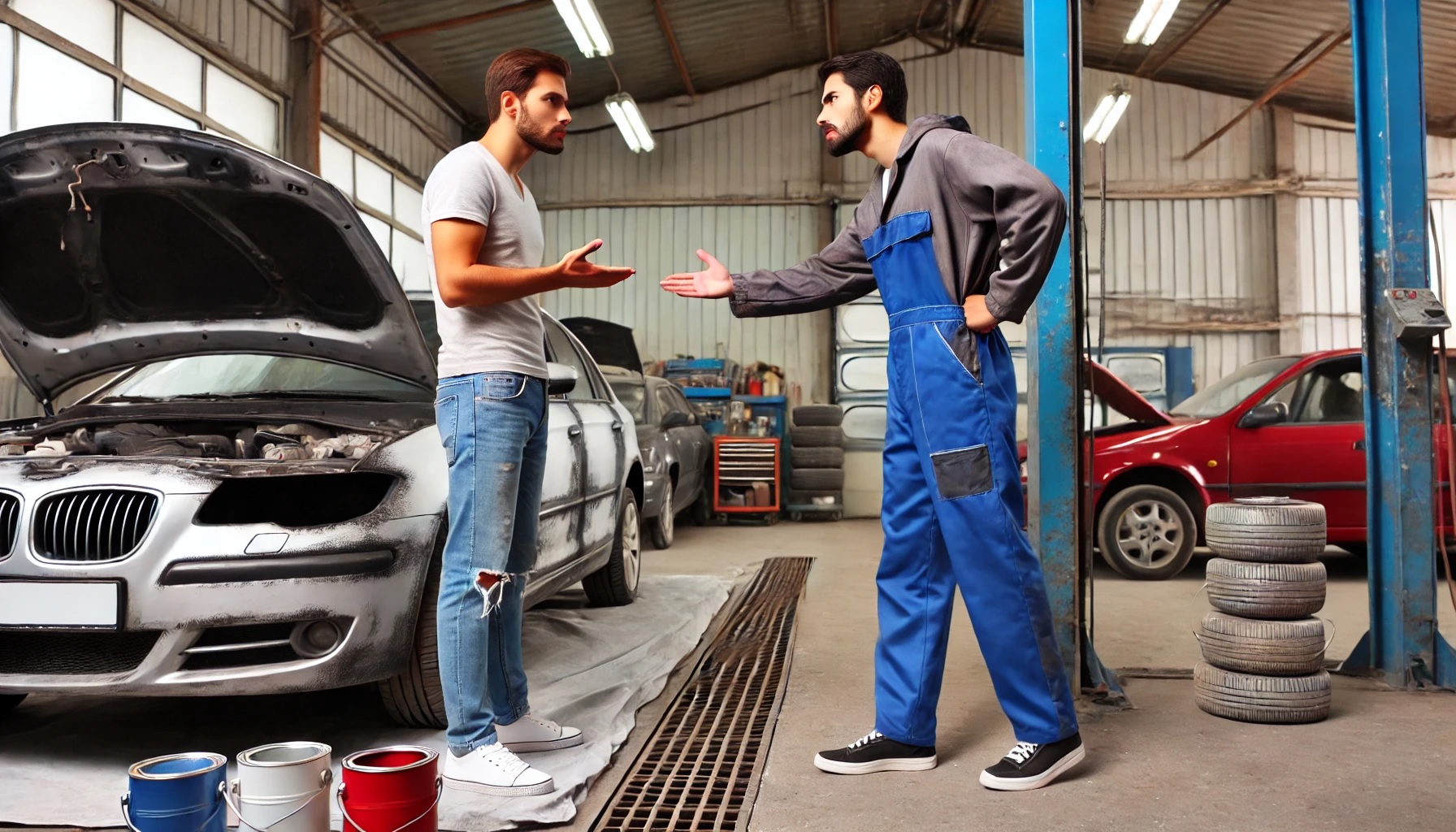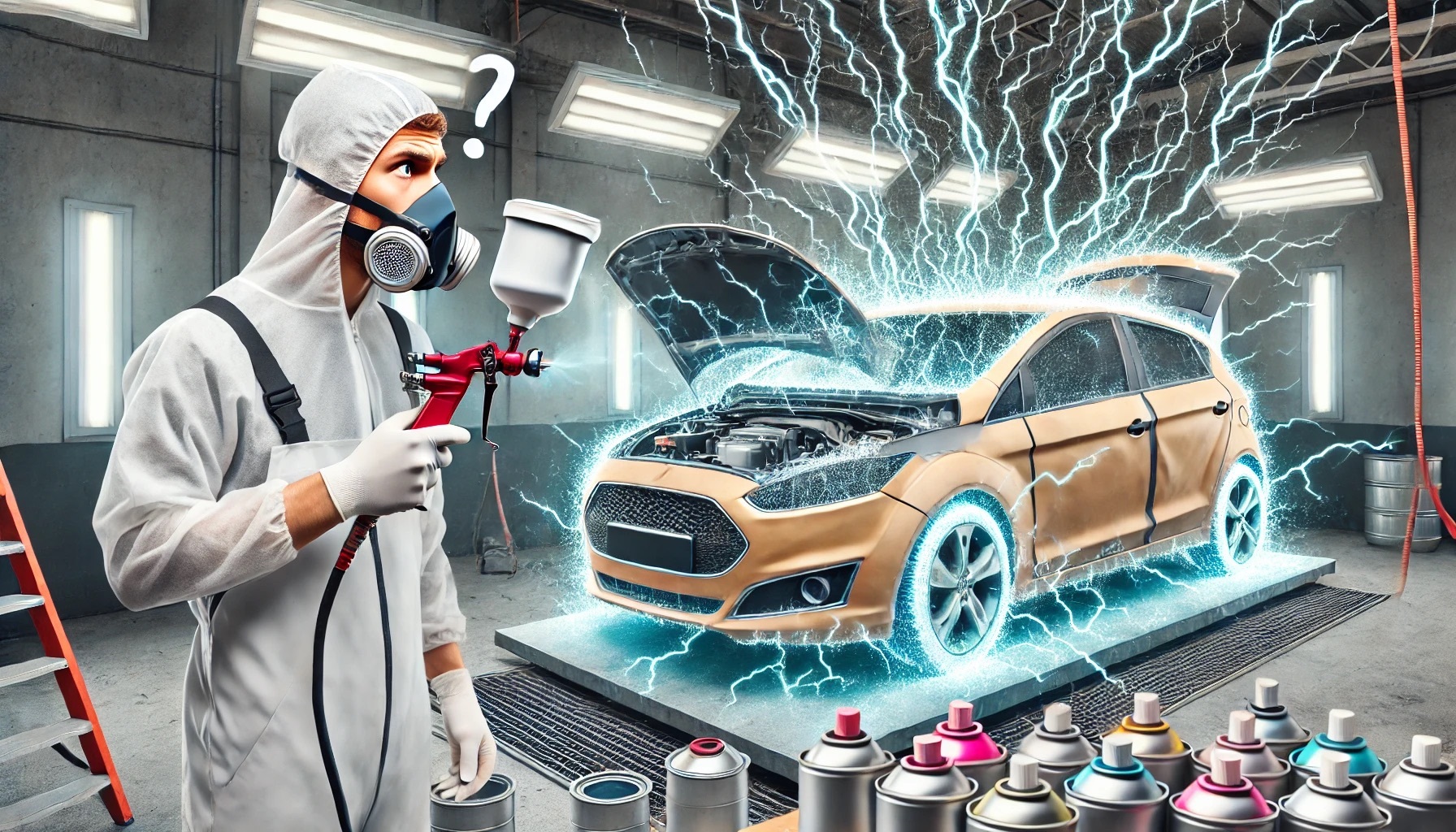Those of you, my dear readers, who have taken part in a trade fair as an exhibitor, know how exhausting it could be. However, trade fairs are still the best way to meet new people, catch up with colleagues and learn new things about your industry. Today, when the Collision Repair Expo in Melbourne closed its doors, I look back and think, apart from meeting new and old friends and colleagues on this fair, I definitely take with me the understanding of one future defining technology – UV curing coatings.
While UV technology is not something completely new to the collision repair industry, yet it is now, when all the major automotive paint producers actively market it. During the last three days in the Melbourne Exhibition Center I had an opportunity to get some deeper knowledge of the UV-curing products’ advantages over the conventional 2K coatings, and the challenges, which follow this trend.
Some of you may ask the question: ”Why do the major players in the automotive refinishing industry start marketing UV-cured products now?” Well, benefits of such materials have been known before – ultra fast drying, zero sinking (shrinkage), no heat curing (great for sensitive areas), one component materials (no hardeners required). Yet, what are the challenges? Is adopting UV technology an easy ride? There are a few obstacles though – high initial investment in equipment, products cost (UV materials are expensive) and resistance to change from the painters, when especially the benefits are questionable. Let me analyze what I mean.
Initial investment
One of the largest obstacles for any new technology is the cost and complexity of the associated equipment involved. On this direction I can clearly see some development for last couple of years. For example, I saw some new players entering UV-curing equipment, like the UV-curing brand Lihtan. Australian designed Lihtan brand attracted many visitors in Melbourne Collision Repair Expo this month. Milton Da Silva – cofounder of Lihtan – told me during our conversation in Melbourne that the interest for the UV technology is at its pick; this is why he works closely with all major paint brands to offer affordable and reliable UV light systems. Already many premium automotive coatings manufacturers approved Lihtan UV equipment (www.lihtanuv-a.com). It goes without saying that the more manufacturers of the related equipment appear, the better.
Cost of UV materials
This is probably one of the most important obstacles at the moment. With an aerosol UV primer retailed at more than 70 Euro per can, these products could hardly be described as affordable. What the suppliers of UV-cured materials need to do first – is to explain really well and in details how an ordinary bodyshop will benefit while paying such a high price. One could really claim, for example, that difference in drying time is not that big to justify the premium paid. If, on average, with IR lamp a spot primer would dry in 6-7 minutes, a UV primer would require about 2-3 minutes. Is the 4-5 minutes difference serious enough argument? The question should be answered by each sales rep selling UV stuff. On the other hand, if the UV technology really takes off, manufacturers will achieve economies of scale, and the prices may go down. Time will tell.
Resistance to change
By nature, a human being is reluctant to leave his comfort zone. This applies to all aspects of our life, including our work life. Therefore UV technology will have to go through painters’ and shop owners’ hyper-criticism, skepticism and doubt. However, there is nothing new here. Waterborne paints were met with a lot of criticism too, and now more and more collision repair shops switch to “water”.
I am sure that UV-curing materials will find their place in modern bodyshops only if the paint producers will explain and communicate legitimate, not just on PowerPoint slides, benefits for both painters and business owners. Those benefits must outbalance the expenses and costs of the materials for most of the bodyshops out there, and not only for the very top ones. Only if an average smash repair store profits by the novelty, we would be able to say with assurance that UV-cured technology found its place in the sun…






